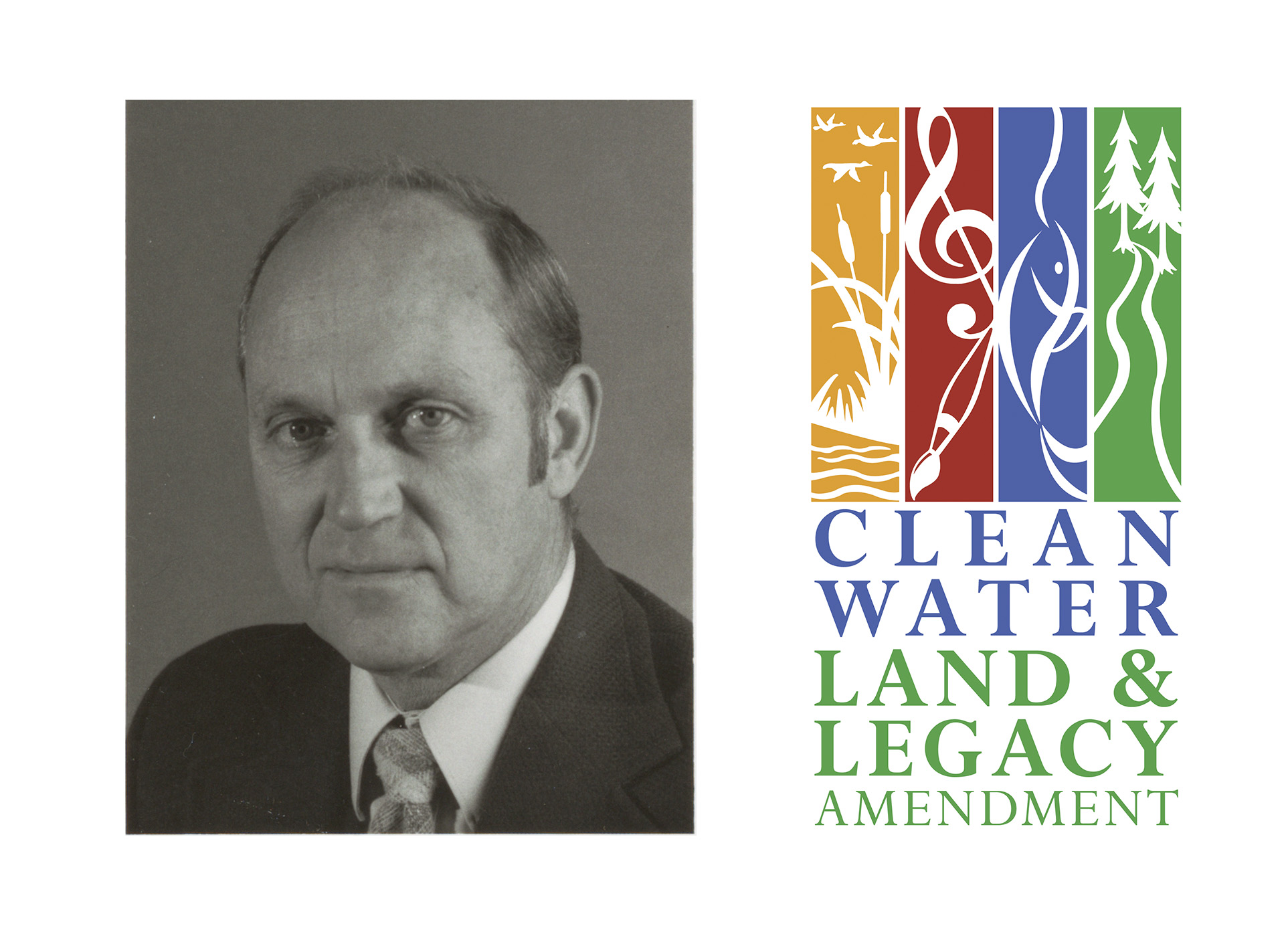Files
Download Full Text (14.6 MB)
Description
Print version of the Formaldehyde Symposium, held on July 18, 1982 as part of the annual meeting of the American Association of Veterinary Anatomists. Speakers included: Dr. Ted A. Loomis, Professor of Pharmacology and Toxicology, University of Washington; Dr. Harry J. Beaulieu, Assistant Professor of Industrial Hygiene and Environmental Health, Colorado State University; Dr. Michael J. Blackwell, Toxicologist formerly with NIOSH; Mr. Bill Gabriel, Head of Bios Mount Division of Carolina Biological Supply Co; Dr. Calvin R. Fremling, Professor of Biology, Winona State University and Pamela J. Park. Esq., Staff Attorney, Brigham Young University. Fremling's contribution is titled: "Alternatives to Formaldehyde." From the introduction and opening remarks: "In this Symposium we will attempt to provide for the members as much information as possible about formaldehyde. The program is not intended to promote or debate any particular issue. We recognize that differences of opinion and experience will be held. In 1859, Alexander Butlerov prepared a heretofore unknown "Formyl Aldehyde" as a product of an attempted synthesis of methylene glycol. Butlerov published an accurate account of formaldehyde solution, formaldehyde gas and formaldehyde polymer. It has been estimated that the production of formaldehyde in the United States in 1978 was 6 billion, 300 million pounds. Formaldehyde is colorless gas having pungent odor. It is commercially available as an aqueous solution having about 37% by weight of the gas in water. This solution, known as formalin 100% or formalin 40, usually contains 10—15% methylene oxide to prevent polymerization. Our highly industrial and technical society has discovered many non-medical uses for formaldehyde. It seems that we are surrounded by materials which require formaldehyde for their production. These include: plastics, paper and brewed beverages, smoked bacon and fish, mirrors, comestics, cameras, dyed artificial silk, textiles and starch. The formaldehyde present in some building materials is receiving attention as a possible health hazard to dwelling occupants. The medical profession has been equally ingenious at discovering uses for formaldehyde and formaldehyde by-products. It has been used as a general disinfectant, to prevent excessive sweating in the treatment of athletes foot and as a urinary antiseptic. It is used in the manufacture of surgical sponges, temporary skin replacement, aortic graft prostheses, vaccines, antibiotics, vitamins, and other drugs. The use of formaldehyde with which we are most directly concerned today is as a fixative." Published/printed by Reports of the World Association of Veterinary Anatomists and other pertinent organizations, compiled and edited by Paul F. Rumph. 15 pages. Part of the Cal R. Fremling Collection.
Publication Date
1984
Item Type
Book
Publisher
Library
City
Winona, Minnesota
Keywords
Biologists; Preservation; Meeting
Department
Special Collections-Library
Recommended Citation
Fremling, Cal R., "Proceedings from the Formaldehyde Symposium" (1984). Cal Fremling Papers. 30.
https://openriver.winona.edu/calfremlingpapers/30
Rights Management
Requests to reproduce this image must be granted by the Winona County Historical Society.
Contributing Institution
Winona County History Center
Master File Format
TIFF
Fiscal Sponsor
This project has been financed in part with funds provided by the State of Minnesota from the Arts and Cultural Heritage Fund through the Minnesota Historical Society.
Scanning Responsibility
Northern Micrographics
Date Digital
2019-06-24 00:00
Metadata Creation Responsibility
Anna Gaffey
Unique Identifier
2011.003.0129





Notes
1984